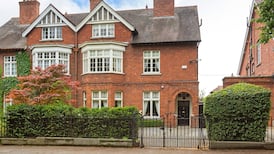A derelict car parts shop on Upper Leeson Street was a familiar sight to many people commuting to Dublin city centre via Morehampton Road until about four years ago. Facing on to the road, the Allied Autospare building was notable for its incongruity in the leafy residential area predominantly populated by Georgian houses.
That was until three Dublin friends in their 30s, who originally met in school, decided to pool their funds together to buy the site and build three self-contained town houses on it, with an address of 75A Leeson Street Upper. The trio, who were renting together nearby, were each saving and keen to buy their first home when the opportunity to purchase the site came along.
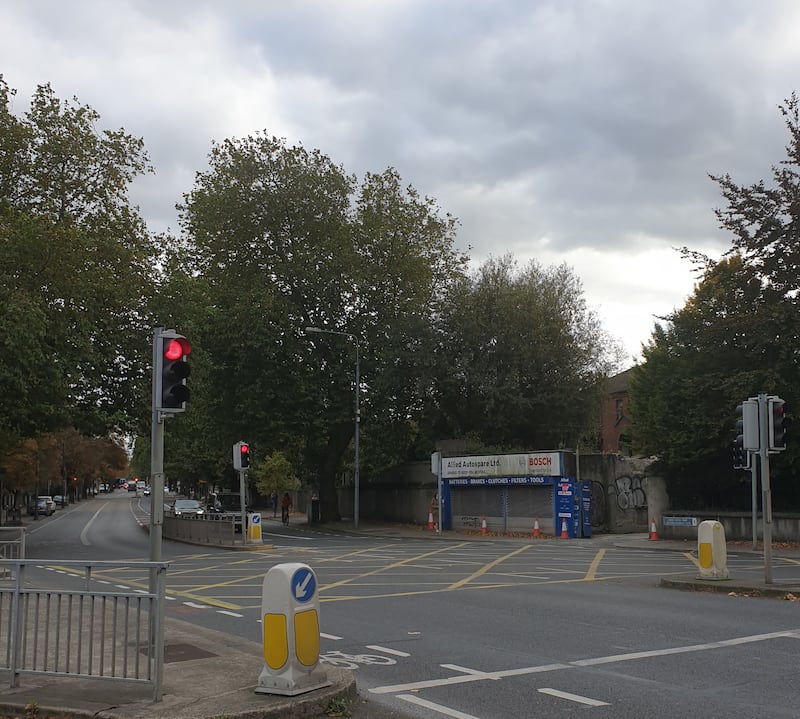

“I always wanted something that I was able to put my own touch to. It’s always been a bit of a dream to just take a brown site and turn it into something nice,” says one of the owners.
Before bidding, they had an architect friend carry out a feasibility study to work out whether the site could be rezoned for residential use, and to draw up an initial sketch of three units on the 295sq m (3,175sq ft) site, each measuring 98sq m (1,055sq ft). Reassured by the study, they proceeded to bid on the property, and although they were the second-highest bidder, offering €375,000, they were successful in buying the property when the higher bidder dropped out, they recall.
READ MORE
Two of the owners who spoke to The Irish Times say that taking the cost of the build on top of the site cost into consideration, they wouldn’t have managed to buy houses in this sought-after area of the capital for anywhere near the total cost of these new-build homes.
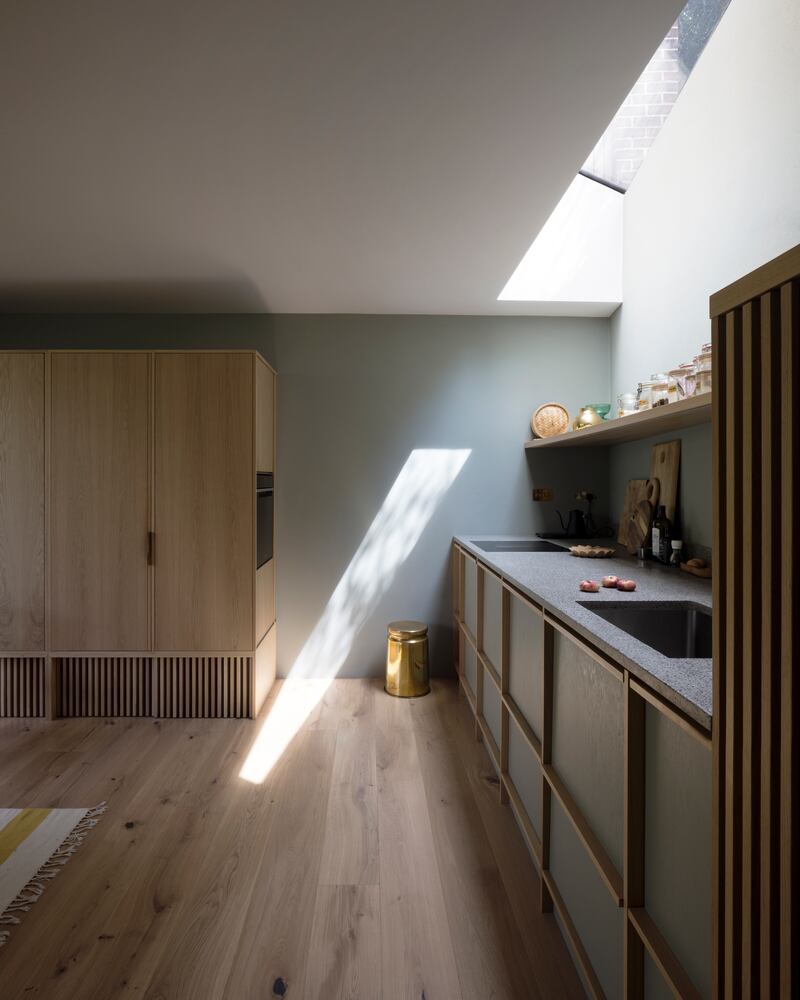
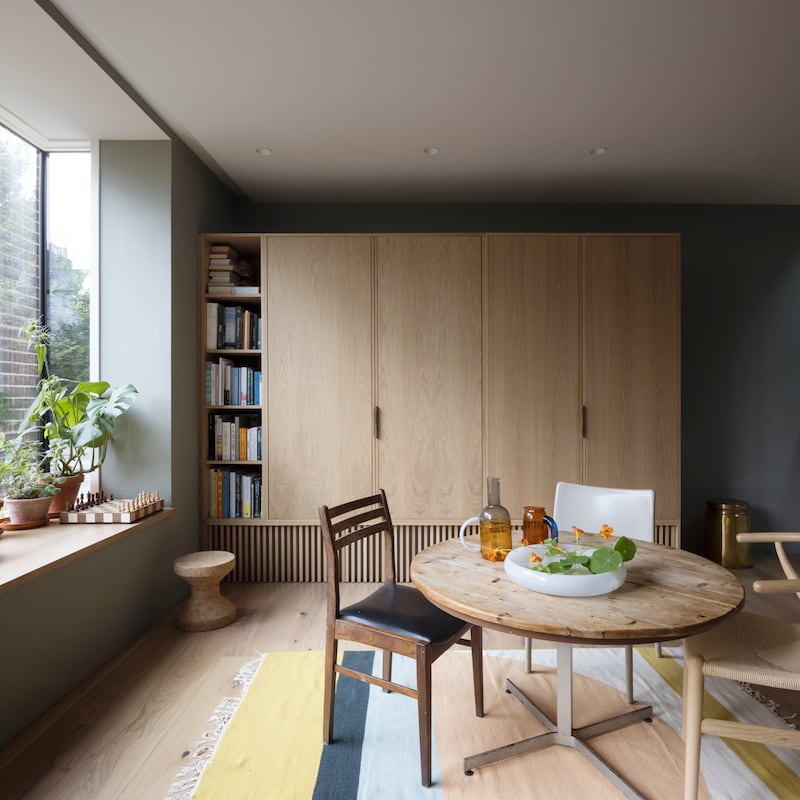
The development plan, submitted to Dublin City Council in November 2019, was granted permission following a long process. “Ultimately, we went around to the neighbours in the area and told them what the plans were and got support from them with the exception of a couple of people who did object, and the same people objected to An Bord Pleanála when it ultimately was granted by Dublin City Council,” explains one of the owners.
“The council are quite keen to try to regenerate these kind of infill sites that are derelict and are an eyesore,” he adds. “This wasn’t an attractive building to look at and so I think they’re quite proactive in terms of allowing people be creative in small sites like this.”
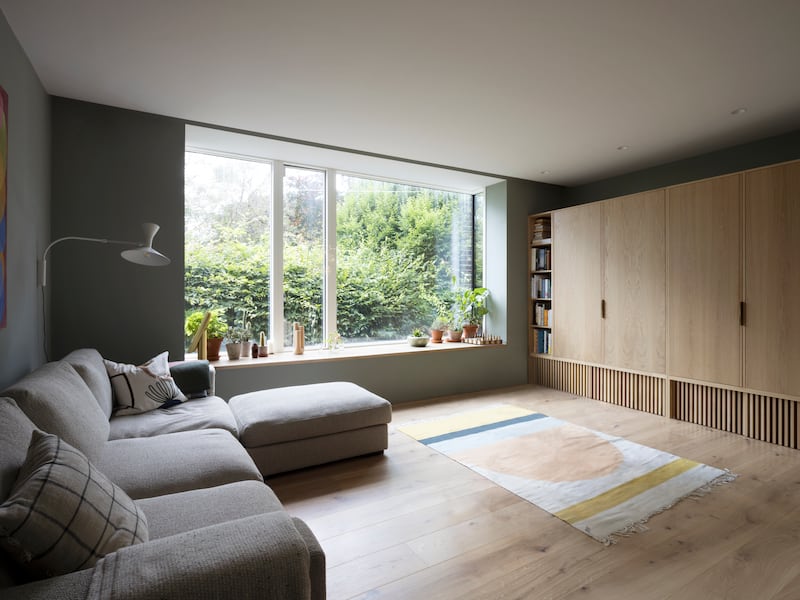
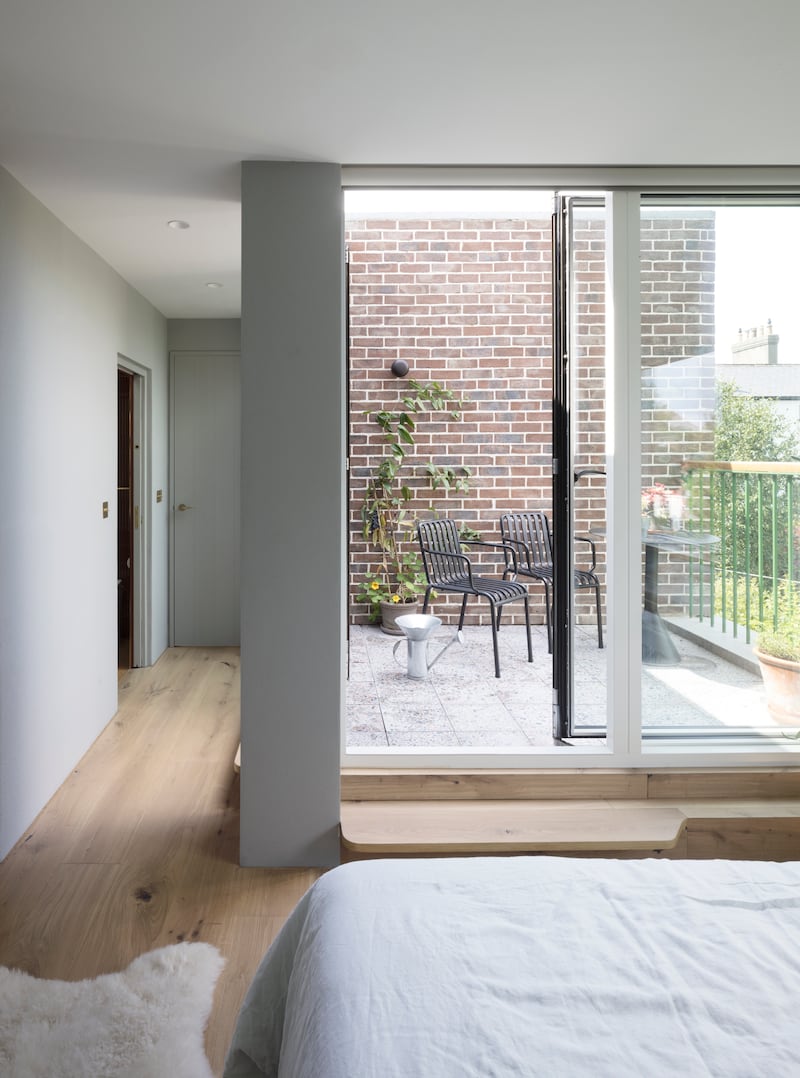
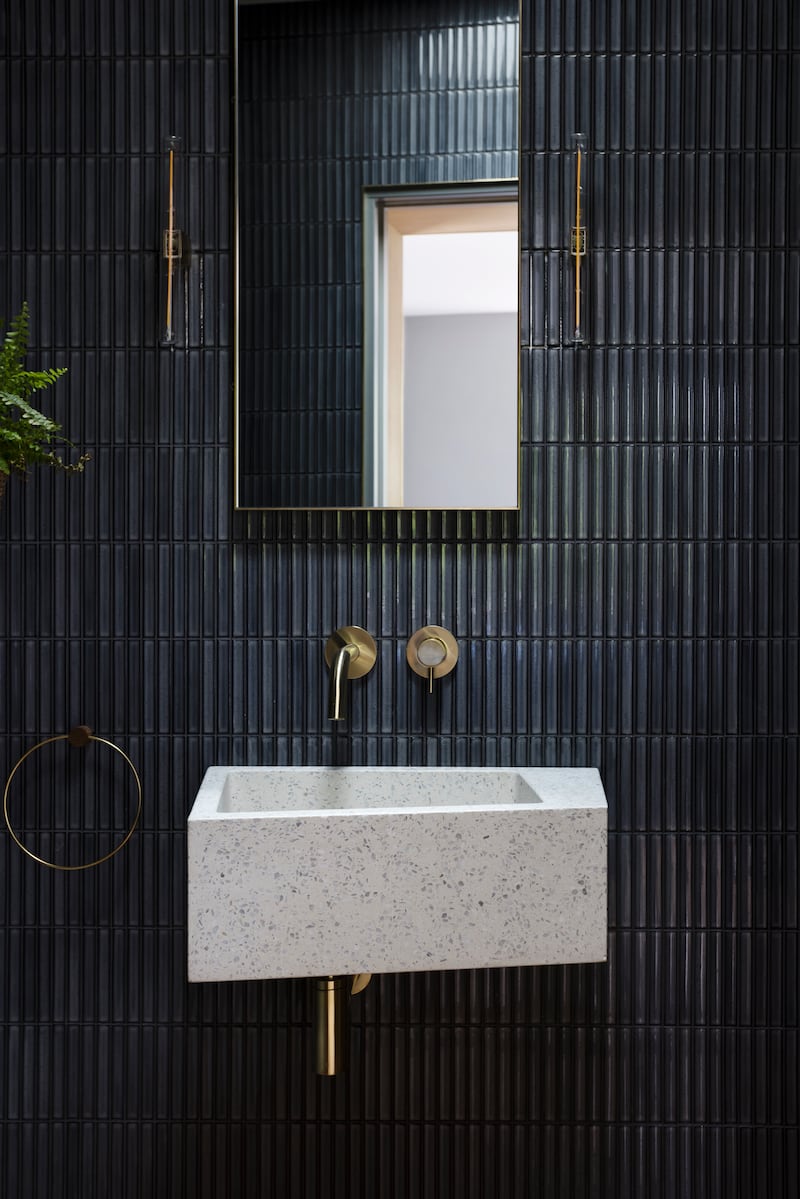
The build eventually got under way in October 2020 but was further delayed due to Covid gathering restrictions. Their builder, Clonlough Contractors based in Dublin 7, was extremely decent and didn’t charge them a penny over their initial quote for the works and materials, the friends say.
The confined space required the builder to be creative, and they built the front unit first and later used a strip of space from Morehampton Square adjacent to the site in order to have space for machinery and supplies.
The owners engaged PLA Architects to plan the development of three three-storey town houses on the site. It required a visionary approach as the plot is an awkward shape that gets narrower to the rear. In a testament to the innovative design, the development was nominated in a number of categories at this year’s Royal Institute of Architects awards. To ensure each property had the same overall floor area, they are each laid out differently.
“Each one has got pretty different and cool features, like the one at the back has got a much longer balcony which overlooks the whole of Leeson Street, which is really beautiful. The house to the front has a bigger ground floor, whereas the ground floor in the third is the smallest, but his top floor is probably the largest,” says one of the owners.
And a planning condition for the middle unit called for a deep bay window in the living area to provide an aspect on either side, which turned out to be the owner’s favourite features. “Now we’re all really jealous that he has that,” his neighbour jokes.
“It’s funny, we didn’t have a coin toss in terms of who would get what units. We actually all just naturally kind of gravitated toward the one we wanted, so there was no arguing or anything like that which just made it a lot easier.”
In fact, when recalling the entire process from bidding on the site to moving in, the friends can remember only one argument that they had, from which it’s clear no hard feelings remain.
All three of the homeowners moved into their homes at the same time in December of 2022. When it came to fitting out the properties, they decided on similar finishes throughout the development; this was an easy decision as they have similar taste and it meant they could save money by buying materials in bulk and avoid decision fatigue.
“One of the key underlying design requests was, because it’s northwest facing, to make it as bright as possible, so we wanted big windows and lots of rooflights.”
The natural finishes and exposed wood in the kitchen and living areas provide a cool, Scandinavian feel in each of the properties. The living areas are located on the first floors of the three-storey houses, with a double bedroom and a bathroom on the ground floor and the main bedroom on the top floor with an en suite and a balcony.
The houses are A2 rated and have underfloor heating and triple glazing, which helps to keep traffic noise on Morehampton Road at bay.
And although the friends originally bought the site together, each house is stand alone so can be sold on separately if any of them decide to move in the future.
The owners say they are quite happy where they are for the foreseeable future and can finally enjoy the finished product of their four-year project.






